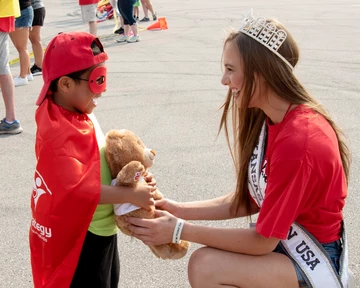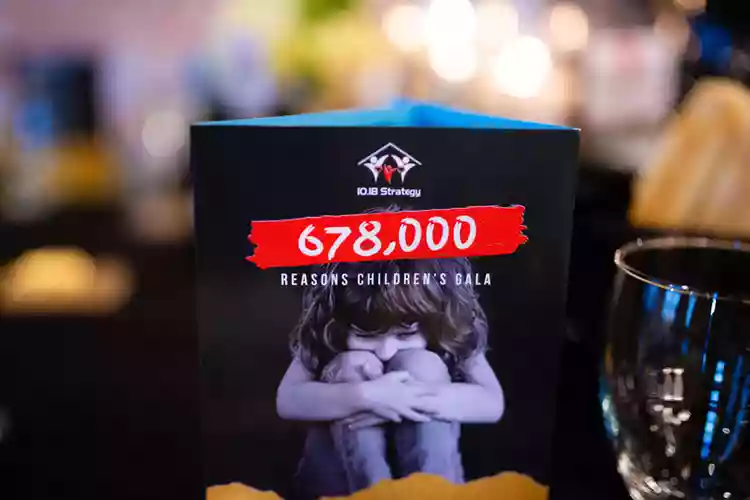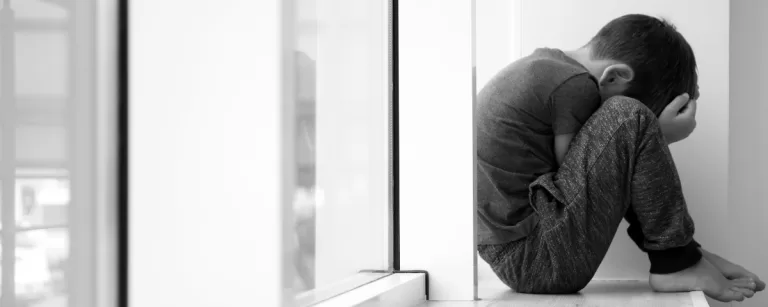16 Subtle Signs of Child Abuse
Being educated in subtle signs of child abuse is imperative to identifying and preventing harm. Subtle signs can be true of any exploitation. The signs often will not give you insight into the type of exploitation, but they provide you with a prompt that something may not be right. Personalities between children can vary greatly, so the key is to look for abnormal signs of child abuse and exploitation.
Children struggle with articulating or understanding what is happening. It is important to look for the following non-verbal indicators that something may be wrong. These observations are one of the key components to recognize early signs of abuse or grooming processes.
- Avoids or is Fearful – a child stops wanting to visit a person or place they used to enjoy
- Scanning the Room – they scan every new room or building they enter as though they are looking for someone or something.
- Withdrawn – withdrawn and reluctant to interact with others, especially if contrary to their normal behavior.
- Emotionless – Eyes are often dark and empty, looking beyond you vs at you, & lacking normal emotional responses.
- Low Self-Esteem – the child routinely makes critical or negative comments about themselves.
- Eating Changes – Drastic and sudden changes in eating, appetite, or focus on food.
- Regression – they may regress in behaviors they had once mastered.
- Behavior Changes – a sudden change in behavior or inability to focus on school.
- Unusual Role Playing – a child may role play to show what is happening to them.
- Not Age Appropriate – the child exhibits adult-like behavior & carries adult responsibilities.
- Frequent Illness – an increase in stomachaches, headaches, infections, or not feeling well.
- Odd Clothing Choices – not weather-appropriate (i.e., long sleeves in summer) & conceals their face or body.
- Fearful of Physical Care – suddenly shows fear over a normal physical care item like changing a diaper, changing clothes, or going to the bathroom.
- Awkward Touches – a child gives or receives awkward or inappropriate touches
More in-depth information can be found in our online child safety training, Watchful Eye. Also, our free downloadable Watch Assessment Guide for mandated reporters can provide quick helpful tips to assessing if a child needs help.
How to Identify Exploitation and Abuse
Through our interactive training, Watchful Eye, we simplify how to identify and prevent child exploitation. No matter your skill level, you can learn to recognize behavior patterns and subtle indicators through this life-saving training.






